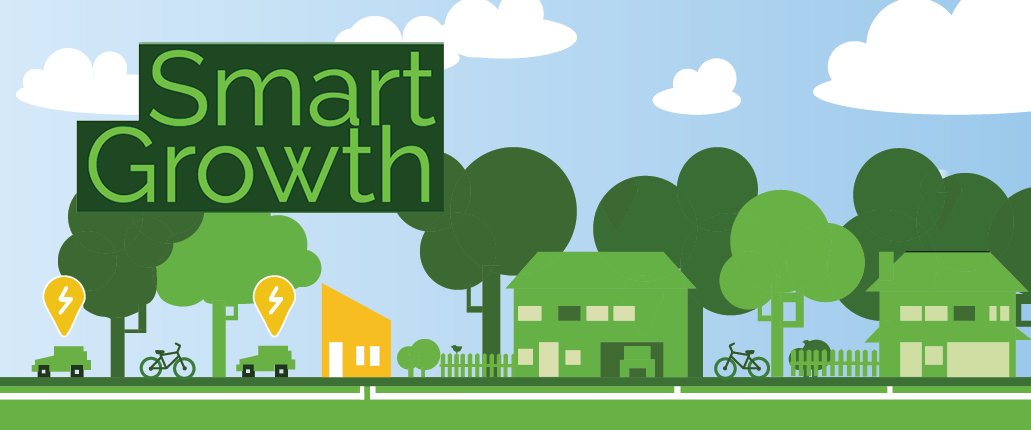You are viewing our site as a Broker, Switch Your View:
Agent | Broker Reset Filters to Default Back to ListRPR Data Strengthens Smart Growth Initiative
July 25 2017

Real estate professionals are investing in their communities well beyond helping consumers achieve the American dream of homeownership. They know that healthy neighborhoods, towns and cities prosper in ways that attract families, businesses and investors to the area. That is why REALTORS® across the country are becoming increasingly more interested in sustainable community development, also known as Smart Growth.
REALTORS® are uniquely positioned to create added value within our communities," said Nate Johnson, President of Real Estate Solutions and Chair of NAR's Smart Growth Advisory Board. "They are responsible for making sure our neighborhoods are developing in ways that we want by working alongside elected officials, real estate developers, chambers of commerce, transportation and urban planning professionals, governors, and leaders in Washington, D.C., to improve everyday life for people across the country."
Nate travels the country teaching communities about NAR's Smart Growth program and the community development grants offered to Realtor associations and boards through the program. In 2016, more than 200 Smart Growth grants were awarded totaling $728,310.
Nate's goal is to help real estate professionals, elected officials, local and civic leaders, and other decision makers understand the challenges, needs and opportunities facing their changing communities, and how they can play a role in shaping its future.
His primary source of supporting data is the Neighborhood Report offered through Realtors Property Resource® (RPR®). The report presents an in-depth portrait of the people living in a target area, including key economic and quality of life indicators such as housing, demographics, job growth, unemployment, voting patterns, occupations, income, cost of living, market activity, commute times, and climate, among other vital data sets.
"RPR is a national program so it's easy for me to pick up statistics on any given area," said Nate. "Knowing, for example, that an area has long commute times helps me to convey to local leaders where their impediments to growth might stand. Not everyone will want to move to your town, especially Millennials, if they'll spend an hour getting to work."
According to Nate, Millennials are looking at where they want to live before focusing on a particular job, a major reversal from earlier generations who first sought jobs and found homes later. In fact, a national poll of 3,000 adults in the 50 largest metro areas found that Millennials are distinguishing themselves as the generation that, more than any other, prefers to walk. The poll was jointly conducted by the National Association of Realtors® and researchers at the Portland State University.
"Today's flourishing communities depend upon attracting and maintaining a talented workforce so we need to create areas where employees want to live, work and play," said Nate. "This is the largest age cohort that we've had generationally in the history of our country, so they are really driving how we look at our communities. The 20th century way of development was more car-centric with broad highways and fewer sidewalks––built with consideration of cars. Now, we see what we call 'complete streets,' pathways useful for everyone whether by foot, bike or car."
Nate cites other useful data from the RPR Neighborhood Report. Occupational data, which ranks categories of employment from the U.S. Census Bureau, helps REALTORS® and community planners focus their marketing efforts toward the strongest sectors, in many cases, such as healthcare, education or government.
The report's population data is also helpful. "We look at how the community is aging. Does it have the right mix or is it aging at a rate greater than you'd expect? And is the area preparing for the changes with appropriate housing and services?"
The greenest buildings are the ones already built, says Nate, so helping communities to reinvest dollars into existing buildings, like redeveloping a floundering strip mall or an abandoned warehouse, creates a vibrant sector within those communities.
Learn more...
To view the original article, visit the RPR blog.









